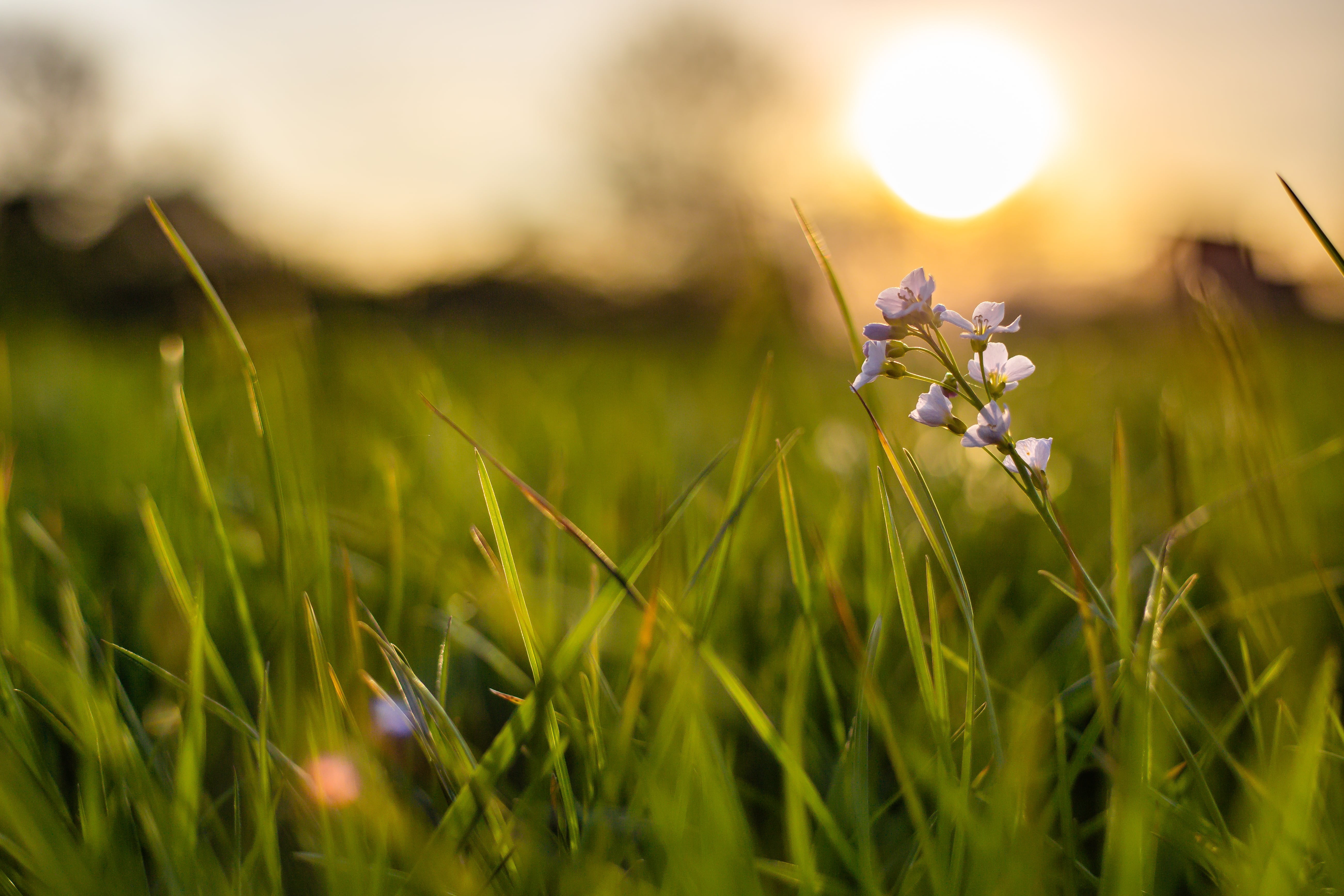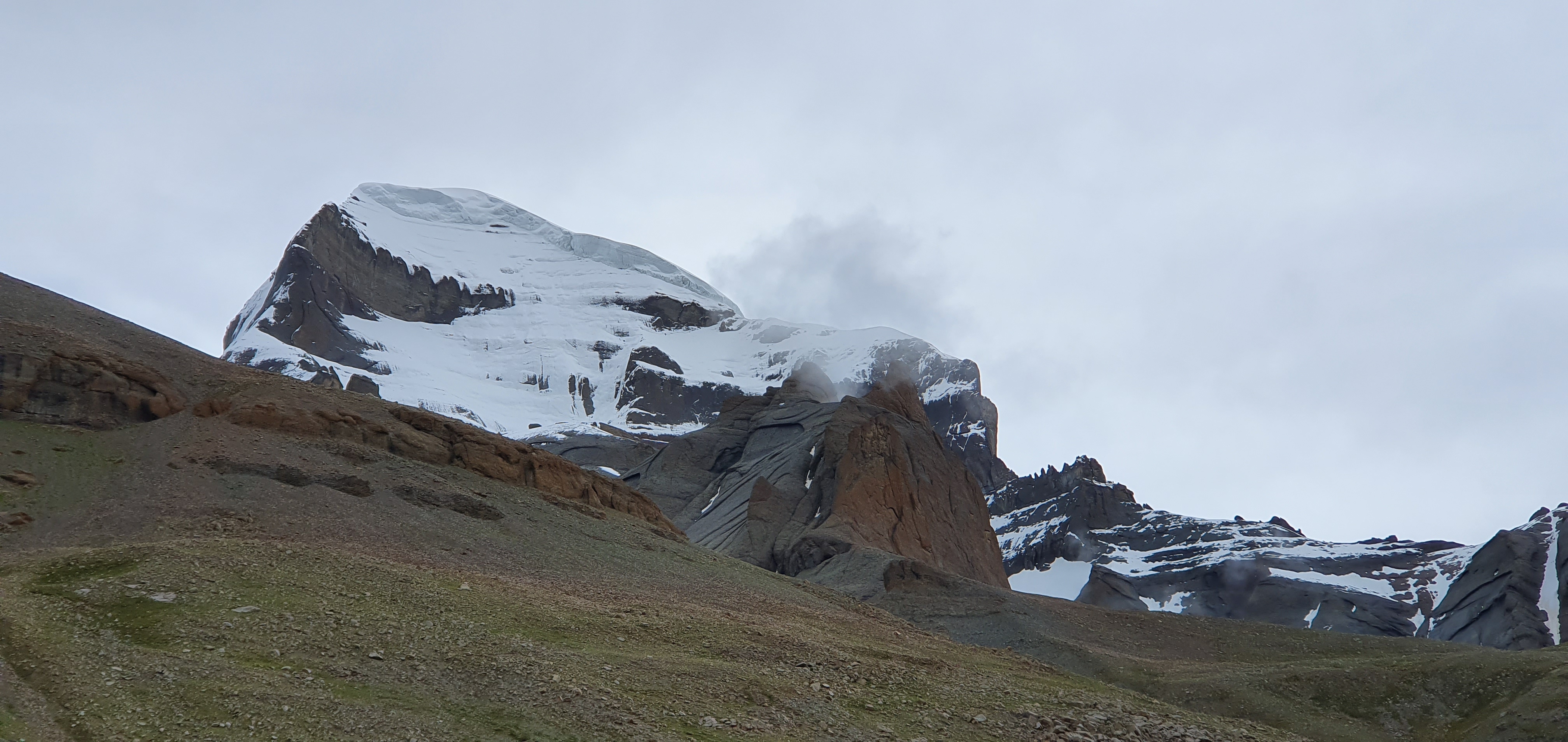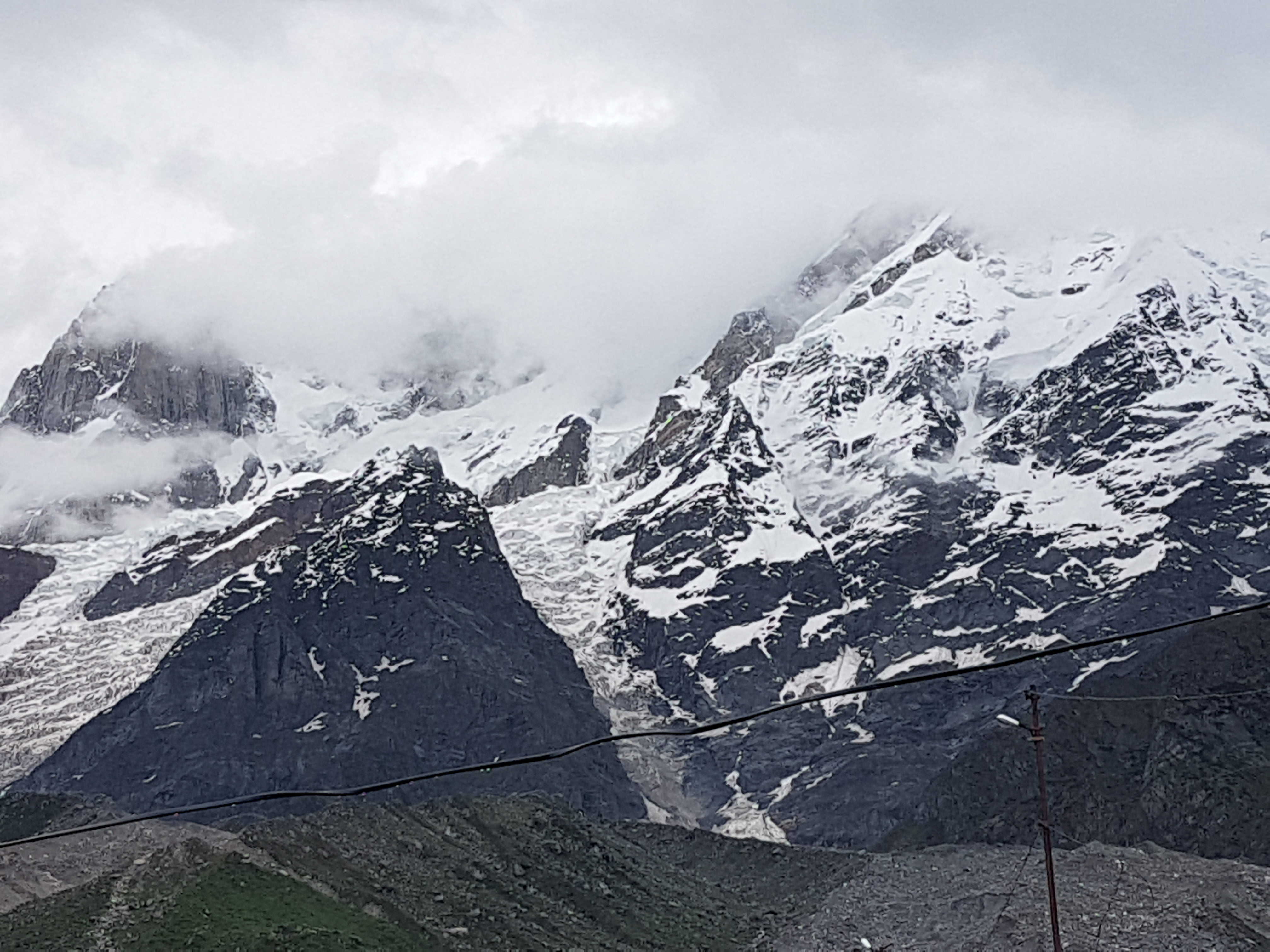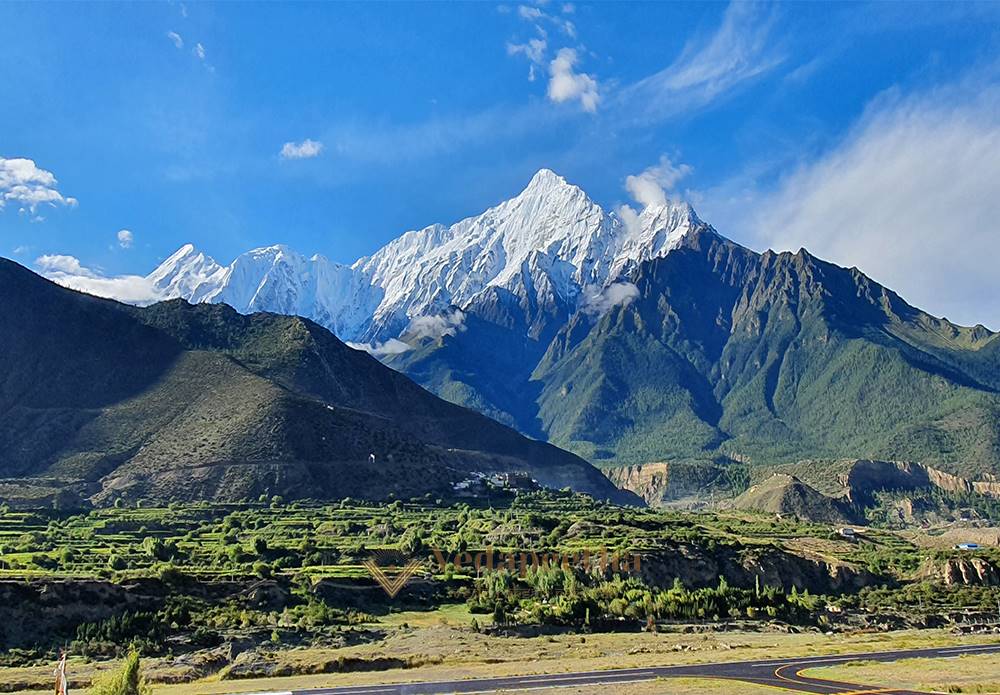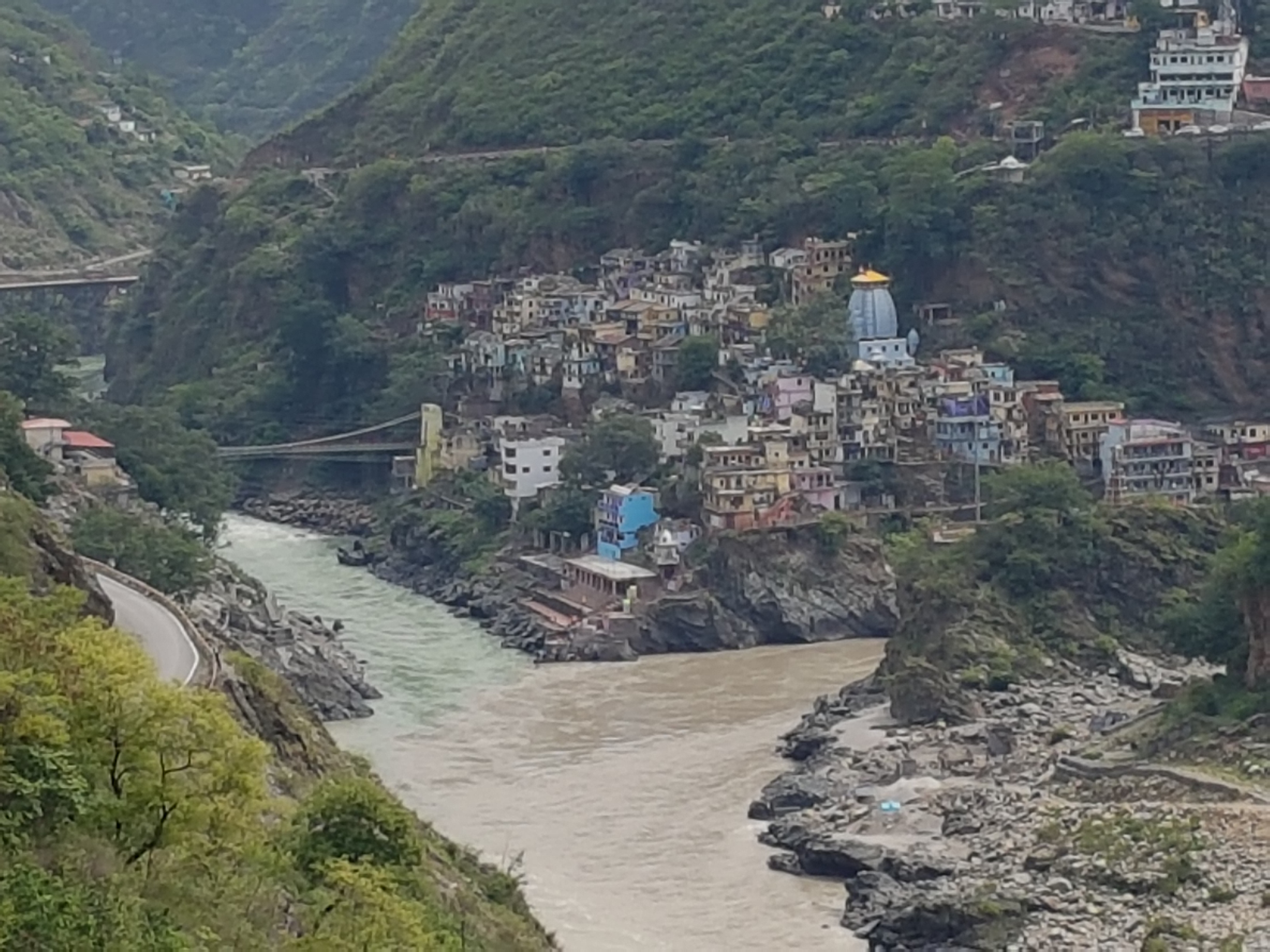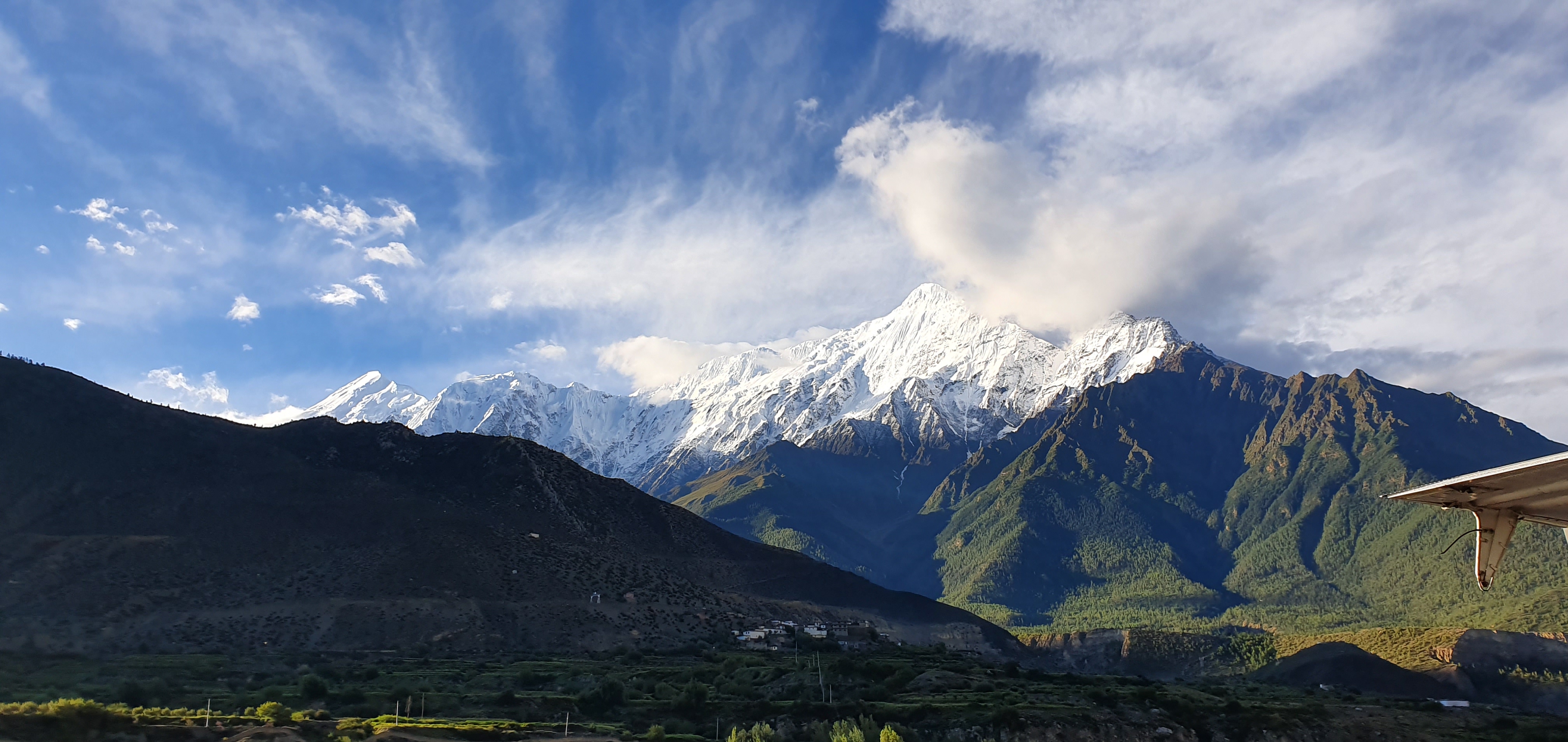Yoga History
About 3500 BC, for the first time we find the term yoga in the Rig Veda related generally to any practice of discipline. In the Atharva Veda, yoga is related to the Prāṇāyama practiced by priestly in about 1000 bc. About 800 BC we see yoga appear in the sacred Upanishads referring to union with the Universal Absolute (Brahman) through karma yoga and Jnana yoga. About 300 BC the Maitri (or Maitrayani) Upanishad gives the first fully developed system of yoga. The author of the Maitri Upanishad defines six limbs of yoga (Ṣaḍaṅga) as control of the breath (Prāṇāyama), withdrawal of the senses (Pratyāhāra), meditation (Dhyāna), concentration (Dhāraṇā), contemplation (Tarka) and absorption (Samādhi). This Upanishad goes on to describe liberation (Kaivalya) as the restraint of thoughts and absorption in self-luminous witness consciousness. These are all the core concepts and practices that we see in the Yoga Sutras. Within 200 years of the beginning of this era, Patañjali wrote his classic Yoga Sutras. This work is a substantial expansion on the Maitri Upanishad. To the Maitri sadanga are added restraints (Yama), observances (Niyama) and posture (Āśana). Tarka is dropped from the set giving us Aṣṭāṅga (8 limbs). In the ninth or tenth century, Goraknath gave us the Siddha Siddhanta Paddhati, the first publication specific to Haṭha yoga and tantra. In the fourteenth century Svātmārāma produced Haṭha Yoga Pradipika, a tantric text describing sixteen Āśanas ... most are seated postures, specifically for Prāṇāyama and meditation, for attainment of Samādhi. Yoga has been subjected to a rigorous evolution from the late 19th century onwards.
